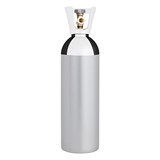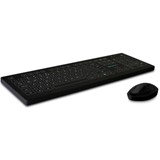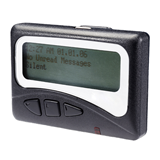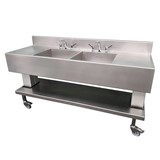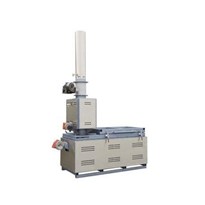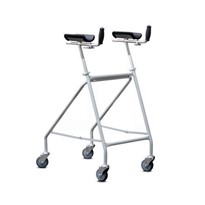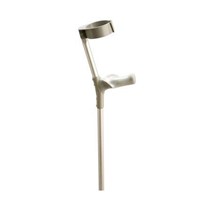Every single company is required to create a document that professionally communicates the usage and benefits of their equipment. Upon purchasing, buyers would often find what’s called a “user manual”. Inside are instructions that give assistance to users by telling them how to operate and/or maintain a particular equipment.
These instructional documents are often written by technical writers, though user manuals are often written by programmers, technical staff, or product/project managers, in smaller companies.
When it comes to medical equipment management, following what the user manual says can be the difference between life and death. But what exactly are user manuals and why are they so important, particularly to the field of medicine and medical equipment?
User Manuals Serve as Guides
To expound on what we’ve touched base regarding user manuals, these documents are commonly found in computer hardware, electronic goods, and appliances. Smartphones also have user manuals in them, as well as medical devices like the ACTEON X-MIND prime 2D. Most user guides have both images and texts on them to provide the most comprehensive instruction possible.
User manuals usually have contents like a cover page, title page, copyright page, preface, contents page, purpose section, audience section, scope section, how to use the equipment’s main function, FAQs, help section, glossary, and an index (for bigger documents).
The Importance of User Manuals
Since they serve as guides, users will never be able to use the equipment efficiently without user manuals. Improper usage of tools can lead to potentially dangerous outcomes, especially with medical equipment.
A medical establishment’s medical equipment management team would also have a hard time keeping track of its maintenance and usage, which might lead to unnecessary damages to the equipment, possibly costing a lot of financial resources for repairs. The team would also have difficulty in discerning how threatening the device might be and in making precautions when using them, if deemed necessary.
Lawful consequences also play into the equation when it comes to proper equipment use and safety. Without a user manual, new equipment operators might end up injuring themselves or cause irreparable damage to the equipment itself. With a user manual, however, medical establishments could protect both their patients and professionals, along with the equipment, from any harm.
What to Do with User ManualsWhat most individuals often do when they’re finished reading the user manual is to throw it away. Not only is this unwise, but it’s also a bit of a waste of money because they count as “sales literature”, which means that they are included in the total price of the equipment. It’s best to store them in some place safe, so that you could go back to them if you forgot something about the TV, computer, or medical equipment like the Nisea Premium.
User manuals are often the most discarded item whenever equipment is purchased. But it turns out that it’s very helpful for medical equipment management, efficient usage, safety, and maintenance. Remember to keep them because you might eventually need them!


